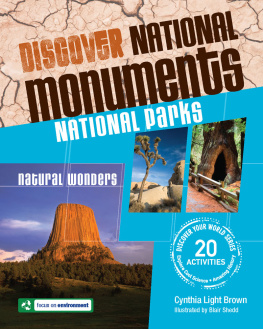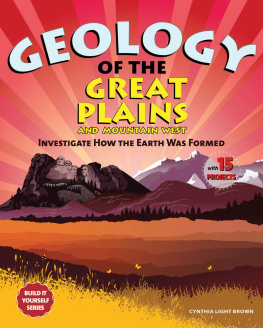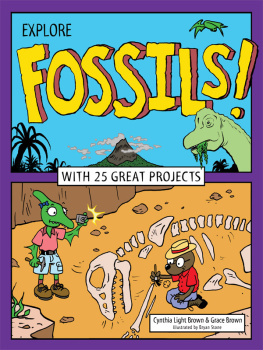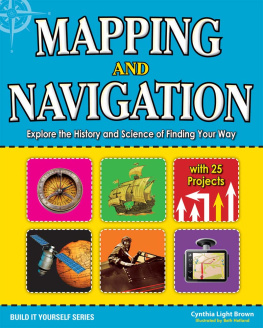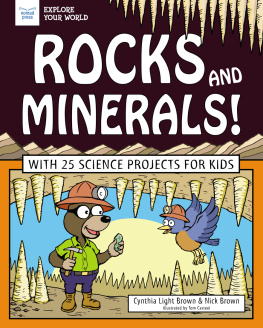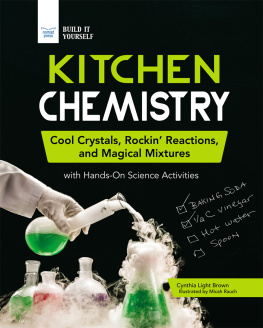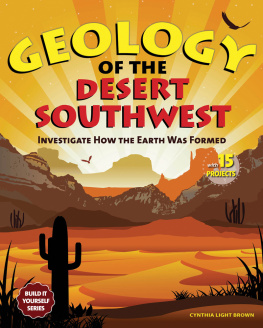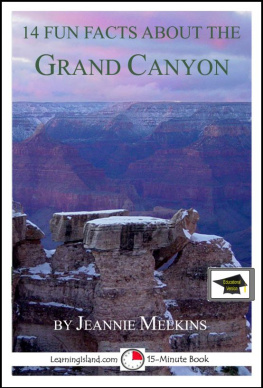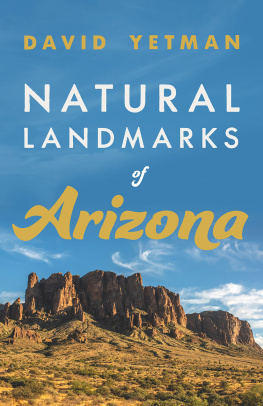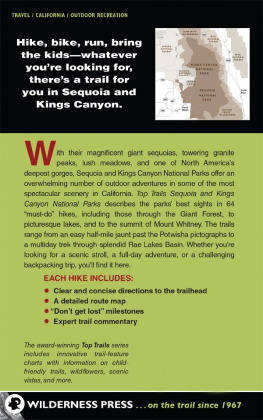
Dedication
To Phil, who has discovered many parks and monuments with me.


Nomad Press
A division of Nomad Communications
10 9 8 7 6 5 4 3 2 1
Copyright 2008 by Nomad Press
All rights reserved.
No part of this book may be reproduced in any form without permission in writing from the publisher, except by a reviewer who may quote brief passages in a review. The trademark Nomad Press and the Nomad Press logo are trademarks of Nomad Communications, Inc. Printed in Canada.
ISBN: 978-1-9346702-8-6
Illustrations by Blair Shedd
Questions regarding the ordering of this book should be addressed to
Independent Publishers Group
814 N. Franklin St.
Chicago, IL 60610
www.ipgbook.com
Nomad Press
2456 Christian St.
White River Junction, VT 05001
Contents
GLOSSARY
acids: acids are chemical compounds that taste sour. Examples are vinegar, lemon juice, and hydrochloric acid.
adapt: a change in an organism that makes it better suited to its environment.
adaptation: the process in which an animal or plant changes in order to survive in its environment over a long period of time.
air pressure: the amount of pressure in any part of the atmosphere. Air pressure can force air to rush out of small openings as it changes.
algae: a type of plant that lives in the water and doesnt have roots or leaves.
alluvial fans: huge areas of sediment that form aprons, or fans, at the base of desert mountains.
alpine: land higher in elevation than where trees can grow (the treeline); where it is too cold and windy for tall trees.
altitude sickness: sickness from gaining altitude too quickly or from staying at high altitudes for a long time. It causes a fluid build-up in the lungs and can be deadly.
archaeologist: someone who studies ancient cultures by studying what theyve left behind.
Arctic Circle: the imaginary line around the earth, representing the point in the far north where, at certain times of year, the sun never sets or never rises.
argon gas: an odorless gas.
asthenosphere: the semi-molten middle layer of the earth.
atom: the smallest particle of matter that cannot be broken down without changing the particles properties. Everything on the earth is made of various combinations of atoms.
aurora borealis: lights in the night sky that occur because of the interaction between radiation from the sun and the oxygen in the atmosphere.
bacteria: a single-celled organism.
basalt: a type of rock that forms from magma deep in the earth flowing onto the earths surface.
basaltic lava: lava that, when cooled, becomes basalt, a grayish rock.
basin: a natural depression in the surface of the land, often with a lake at the bottom of it.
bleaching: the loss of algae from coral tissues. It can be caused by water that is too warm or cold.
botanists: scientists who study plants.
calcite: a common mineral made of crystallized calcium carbonate that is a major part of limestone.
caldera: a large crater caused by the violent explosion of a volcano.
canopy: the uppermost layer of a forest, formed by the crowns of trees.
canyon: a deep valley with steep rock walls cut by a river.
carbon dioxide: a gas formed by the rotting of plants and animals and when animals breathe out.
carbonic acid: a weak acid formed when carbon dioxide dissolves in water.
cave: a natural underground opening connected to the surface and large enough for a person to enter.
cavern: a very large cave or system of interconnected caves.
coastal redwood: one of three species of redwood trees currently living. Redwoods are known for being the tallest living thing in the world and for their reddish color bark.
Colorado River: the river that carved the Grand Canyon and flows at its bottom.
condense: when water vapora gaschanges back into liquid water.
continental: relating to the earths continents.
convergent boundary: where two plates come together.
crater: a bowl-shaped depression, in the top of a volcanic cone.
crevasse: a large crack in a glacier or in deep snow, from a few feet to hundreds of feet deep.
crown: the top of a tree, including branches and leaves.
crust: the earths outer layer.
crystallize: to form into a rock with a crystal shape.
decay: to rot or decompose.
dendrochronology: the science of dating using tree rings.
divergent boundary: where two plates are moving in opposite directions, sometimes called a rift zone. New crust forms at divergent zones from magma pushing through the crust.
dormant: sleeping, or not growing.
draperies: thin, wavy sheets of speleothems that hang down like curtains.
drought: period of dry weather.
dune field: a large area of sand blown by wind into dunes.
earthquake: shaking and disturbing of the earth, often violently, which occurs when two plates on the earth slide under and above each other.
ecosystem: a community of plants and animals living in the same area and relying on each other to survive.
element: a substance that is made up of atoms that are all the same.
elevation: a measurement of height above sea level.
embryo: a developing plant or animal before it sprouts or is born.
enzymes: proteins produced by cells to perform specific functions such as killing bacteria or fighting off disease.
erode: to wear away by weather or water.
erosion: the gradual wearing away of rock by water, glaciers, and wind.
evaporation: when a liquid turns into a vapor or gas.
evaporite: a mineral that has formed by the evaporation of water, leaving dissolved minerals behind. Examples are salt, gypsum, and calcium carbonate.
fissure: a crack in the surface of the earth, from which magma can erupt.
fossil: the remains or traces of ancient plants and animals.
fossilization: the process of becoming a fossil.
fumarole: a vent that emits hot gases.
genes: information in the cells of living things that determine traits of an organism, such as hair color.
geologist: a scientist who studies rocks and minerals.
ginkgo tree: a tree that existed In North America during the time of dinosaurs.
Next page
